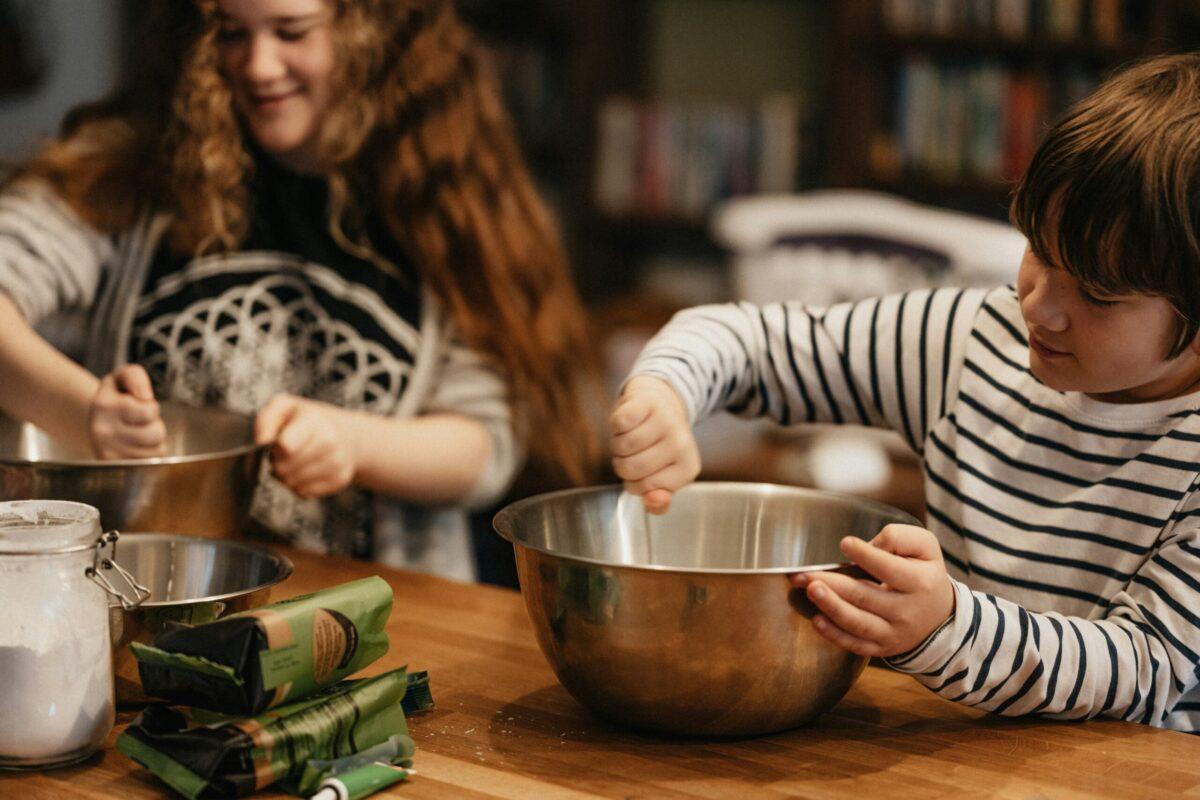Emotional Regulation
Everyone has emotions. Everyone has troubles regulating them from time to
time. Teaching children how to regulate their emotions at an early age can help them
throughout their life. At Daytastic, we teach the clients several coping skills that they can
use when they start to feel dysregulated. Before we can expect a child to use their
coping skills, we need to teach them what emotions are. Several of our clients start off
with a tact emotions goal. We use a variety of different techniques to teach this. Flash
cards with the different emotions on them are helpful to see a consistent picture of what
said emotion is. Another way to teach emotions is pointing out how others may be
feeling based on their facial expressions and how they are acting.
Once they can identify different emotions, it is a good time to introduce the zones
of regulation. These can be as simple as red=mad, blue=sad, and green= happy, to
more complex zones like relaxed, bored, scared, worried, and angry (WeAreTeachers,
2018).
Giving a color to an emotion is a good tool to use, especially if it is hard for the
child to communicate when they have such big emotions. Sometimes saying a color can
be easier than saying they are angry or scared. Combine the zones with words is also a
teaching method used at Daytastic.
We have informative visuals on the walls teaching the clients the different zones and which feelings can go with which zone. After the child can identify their emotions, we bring in coping skills. The most common ones are:
- breathing exercises
- squeezing fists
- tapping fingers (chicken fingers).
When a child is having big emotions, it is important to label that emotion while
giving them a coping skill to use. For example, a child is visibly upset and angry. The
RBT can say “when I am angry, I take deep breathes” while modeling the deep breathes. It shows the child that it is okay to have those feelings and shows them how they can regulate themselves.
“10 Tips for Teaching Emotional Regulation (& Improving Classroom Behavior at the Same
Time).” WeAreTeachers, 23 Mar. 2018, www.weareteachers.com/emotional-regulation/.

Download "My Emotional Journal"
Everyone deserves to express themselves in the way they communicate best! Download and print off the interactive book to big emotions to help navigate the emotions that are too big for words!
Learn More about ABA Therapy
Emotional regulation involves the ability to monitor, evaluate, and modify emotional responses to meet the demands of a given situation. It encompasses recognizing emotions, understanding their causes, and implementing strategies to manage them. For individuals with ASD, emotional regulation difficulties may manifest as heightened reactivity, impulsivity, or meltdowns when faced with stressors. These challenges are often rooted in difficulties with communication, sensory processing, or coping mechanisms. ABA interventions focus on breaking down emotional regulation into teachable components, using reinforcement and other behavior-modification techniques. The goal is to equip individuals with the tools they need to navigate emotional experiences and respond constructively.
This blog offers practical strategies for maintaining your child's ABA progress while still allowing for the fun and relaxation the holidays bring. We've included tips for maintaining routine and structure during the holiday season; creative ways to incorporate ABA strategies into holiday activities like family games, crafts, and social gatherings; how to reinforce important skills like communication, social interaction, and self-regulation while still allowing for some downtime; and practical advice on preventing regression and ensuring your child’s progress continues during time off from school.
Self-care is often misunderstood as a luxury, but for ASD parents, it is a necessity. Self-care involves taking intentional actions to care for one's physical, emotional, and mental health. By prioritizing self-care, parents can recharge their energy, improve their mood, and enhance their ability to cope with stress. It's important for parents to remember that self-care is not selfish; it is a crucial component of being able to care for their child effectively.




